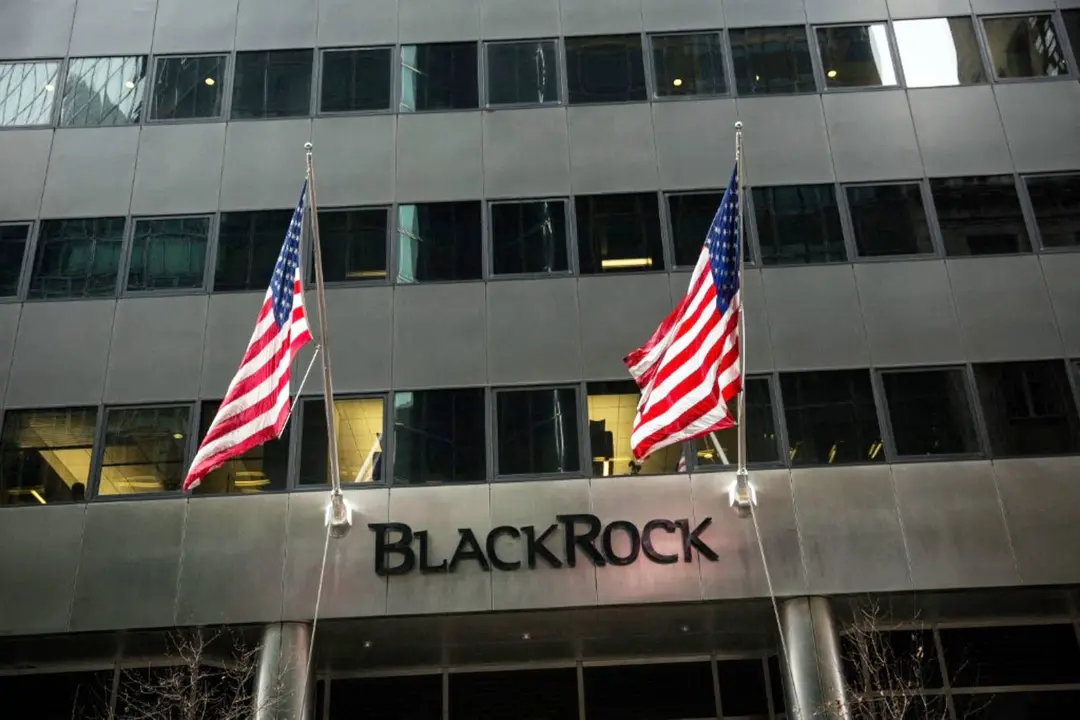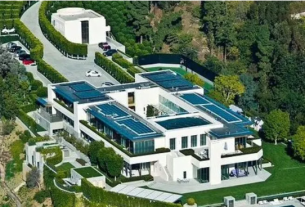|
Getting your Trinity Audio player ready...
|
Global Infrastructure and Private Markets: A New Era
The future of global infrastructure, particularly ports, is set to shape the world’s economy in the coming decades, according to BlackRock Chairman Laurence Fink. In his annual letter to investors, Fink emphasized that assets like data centers, power grids, and ports will be critical drivers of economic growth, projecting a $68 trillion global infrastructure boom by 2040.
“These assets—data centers, ports, power grids—are not readily available to most investors. They are often locked behind high walls in private markets,” Fink explained, underscoring the significance of BlackRock’s shift toward private markets to capitalize on this massive growth opportunity. His comments highlight a growing recognition of the key role infrastructure plays in both present and future economies.
BlackRock’s $23 Billion Port Deal Blocked by China
One of BlackRock’s most ambitious ventures involves a $23 billion deal to acquire port terminals from Hong Kong’s CK Hutchison, in partnership with the Geneva-based shipping giant MSC. This deal includes critical terminals near the Panama Canal in Panama—key hubs for global trade—such as the Cristobal and Balboa ports. However, the agreement has hit a roadblock: China, which has significant interests in global shipping, has blocked the transaction, citing the need for a formal review.
These terminals represent an essential part of the global shipping network. As Fink noted, one in every 20 shipping containers moves through these ports annually, making them pivotal in the flow of international trade.
The Coming Infrastructure Crisis: Investment Needed
Fink’s vision of the future is shaped by pressing realities. With global infrastructure projects requiring an estimated $68 trillion in investments by 2040, including $2 trillion specifically for ports, governments are unable to meet the need through public funds alone. As deficit spending continues to restrict government spending, private capital will be increasingly called upon to fill the gap.
Meanwhile, financial institutions are facing tighter lending conditions. “Bank lending is constrained,” Fink noted, emphasizing that businesses will increasingly turn to public markets rather than relying on traditional banks for credit.
In the U.S. alone, approximately $25 trillion is currently sitting idle in banks and money market funds—funds that could be leveraged for infrastructure investment, according to Fink. This growing pool of unused capital presents an opportunity for private equity and investment firms like BlackRock to step in and drive the future of global infrastructure.
Conclusion: A New Era of Infrastructure Investment
With an estimated $68 trillion in infrastructure funding required by 2040 and key assets like ports, data centers, and power grids coming under increasing demand, the global economy is poised for a massive transformation. However, political and financial barriers, such as China’s intervention in the BlackRock-MSC deal, highlight the complex landscape in which these investments must navigate.
As Fink pointed out, the future of infrastructure—and the capital to fund it—will increasingly rely on private market participation. The next decade will likely see a significant shift in how the world’s most crucial assets are funded, managed, and owned, with private players like BlackRock at the forefront of this change.
Blackrock-Hq-Apc-pic-Via-FMT-CC-BY-4-0



